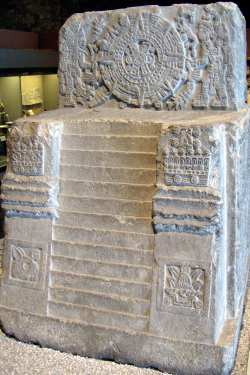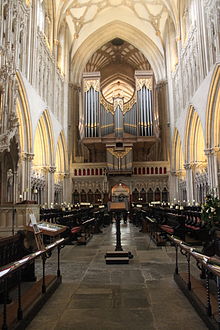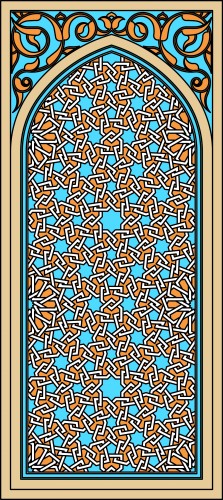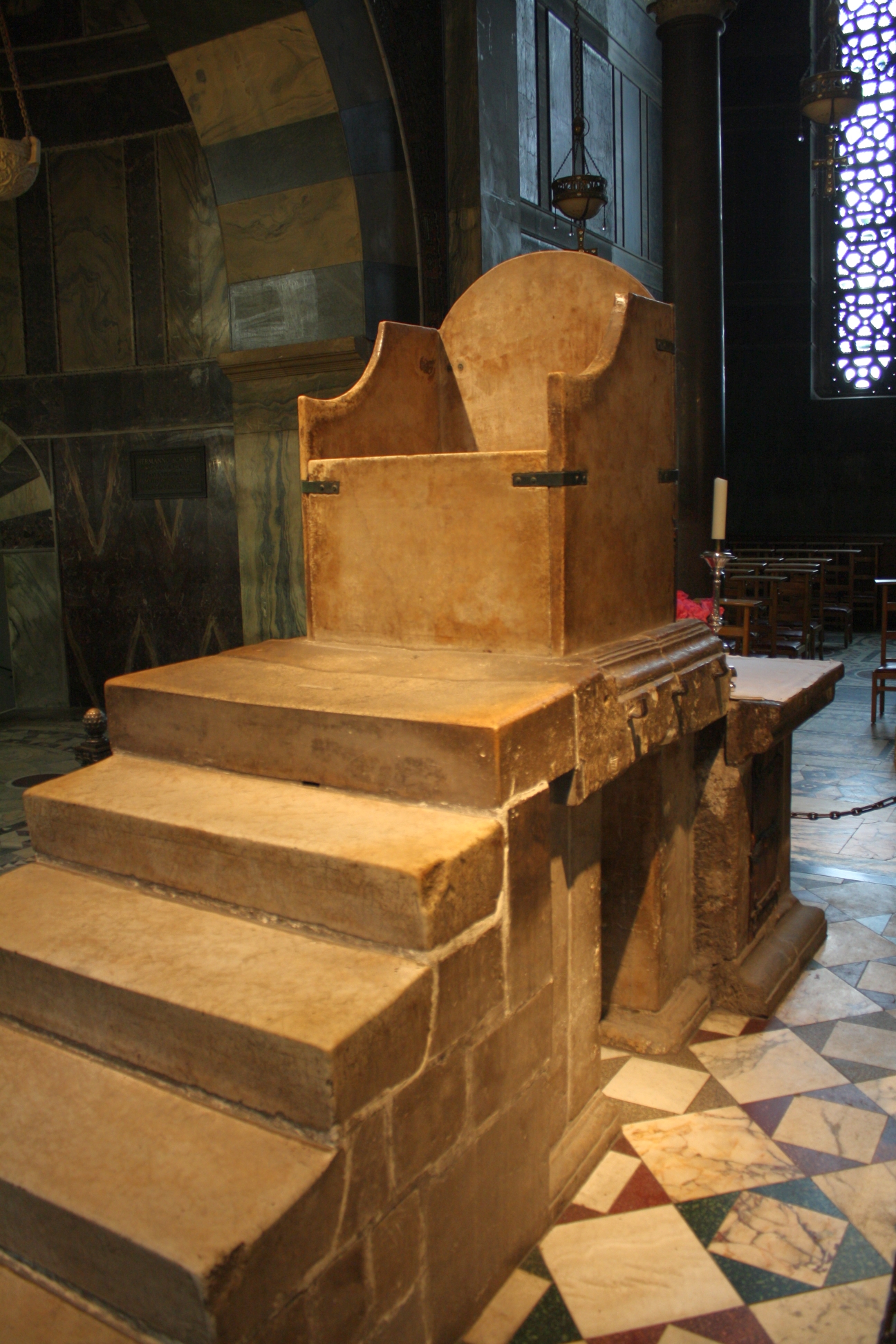"It is not a deficit in terms of high-quality objects for inclusion, but it is a deficit in the sense that these items have not traditionally taken a prominent role in design histories."
The Americas was from 2000 B.C.-1521 A.D. The very first Americans were hunter-gathers. There were 4 different groups within this period: Olmecs, Mayans-Toltecs, Incas, and Aztecs.
The Olmec culture was from 2000 B.C. to 200 B.C. This culture was the first major civilization in Mexico, but came to a unknown violent end. Within there existence, they were known for the first example of the temple that focused on city type. These areas included ceremony centers for: ball court and burial grounds. The outdoor ball courts were a important part of the ceremonial center.
The Monte Alban, Ball Court
The Aztecs were in Mexico and took place during the Spanish conquest, and could be considered apart of the post-classic groups. These individuals created impressive pyramids. What led to the Aztec culture was the existence of the city of Teotihuacan. In many ways, these two cultures were very similar and valued many of the same ideas. The Aztecs were both a cultural and a political entity. The capital for the Aztecs was Tenochtitlan: within Tenochtitlan was the temple Mayor. A rare, yet important piece of furniture within this culture was the Throne of Montezuma.
The Mayans-Toltecs were in central America and the existence of this culture is centered around the remains of the Mayans previously.
The central pyramid at Chichen-Itza, now known as El Castillo.
The Jaguar Throne
The Mayans-Toltecs culture used furniture such as the Jaguar Throne, which was a mid-height seat, with no back arms or rest. "Its chief function is to provide visual impact, with little obvious attention to comfort", This piece of furniture was not intended to be used everyday but a seat for ceremonial use.
The Inca culture was in Peru and can be dated to 1438-1532. This culture is known for its stone-masonry. I thought that it was interesting how they "used outcrops of rock of rock as a foundation of the structures they built". They put much thought into their architecture, which were usually rectilinear in shape and planning.
Inca ruins of Machu Picchu
Learning and researching the history of the Americas period was very interesting to look at.
Current Applications!
This imaged remembered of the call courts that were very prominent during the Americas period.
The use of stone in both of these interiors, compared to the Inca culture and their use of stone.
Peer Reviews!
I reviewed Tara and Haley H. blog this week.
I enjoyed Tara's description of the Americas period and her current application, especially the wall paper one. Her current applications related much to the Americas period.
I also reviewed Haleys' blog and it was great as well. Her description of the period was right on. I also enjoyed her current applications and her addition research on the Machu Picchu, with her video.
Video!
https://www.youtube.com/watch?v=-ZHmtTCDIMY
I was really interested in the Inca cultures stone techniques, so I found an interesting video that explores the stone from the Inca culture.

















































